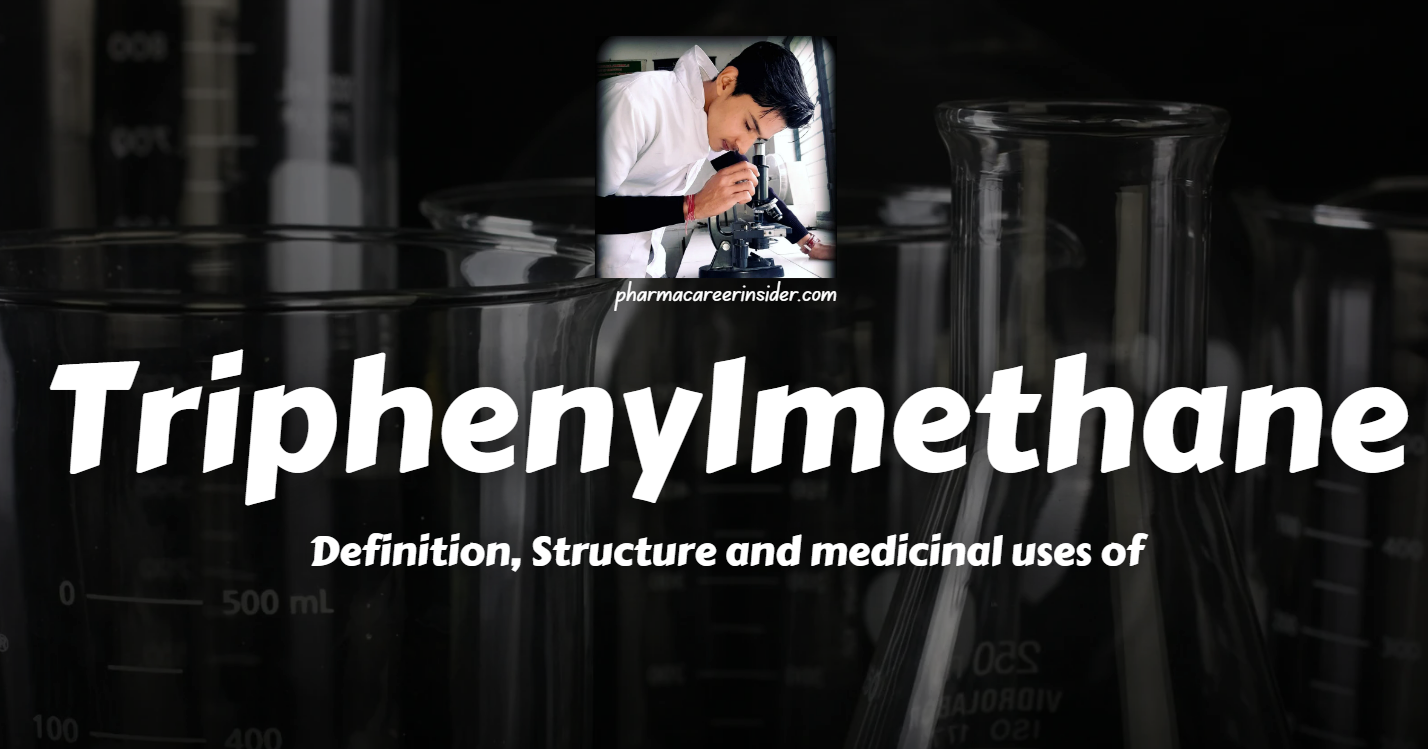Reactions of cyclopropane and Cyclobutane
Cyclopropane and cyclobutane, being small cyclic hydrocarbons, exhibit unique reactivity patterns due to their inherent ring strain. Here is a detailed note on the reactions of cyclopropane and cyclobutane: Reactions of Cyclopropane 1. Ring Opening Reactions: – Cyclopropane undergoes ring-opening reactions, particularly in the presence of strong nucleophiles or electrophiles. – For example, … Read more










